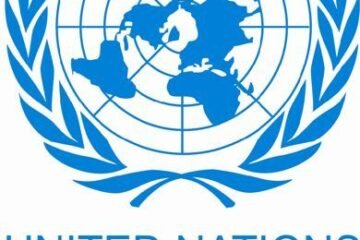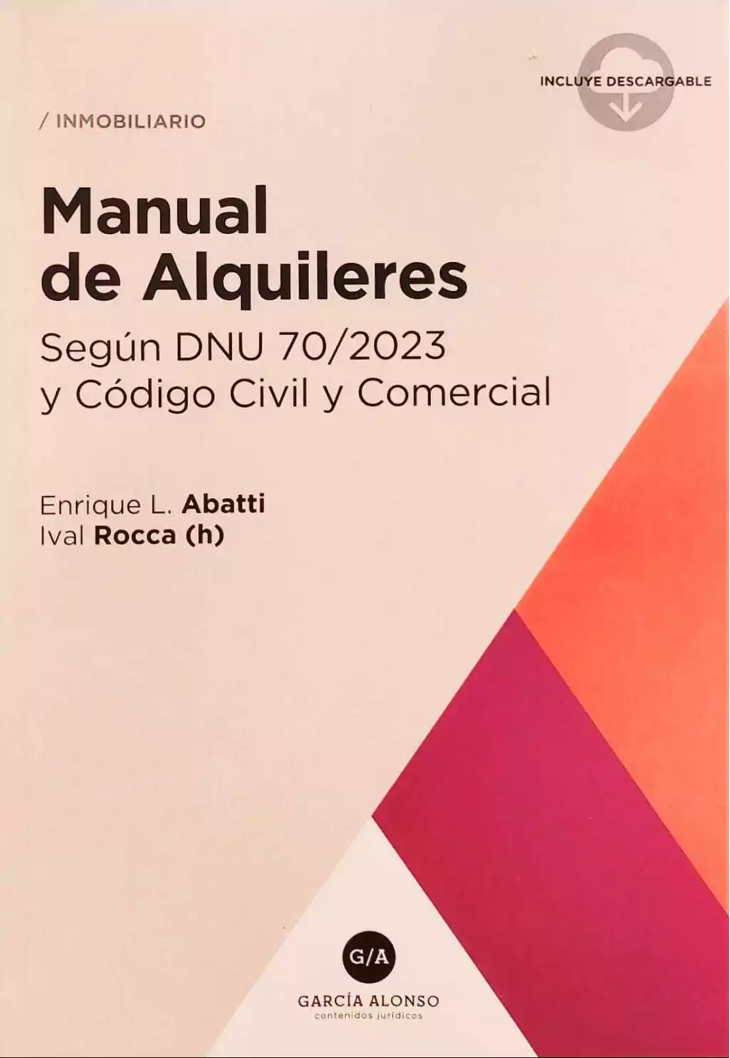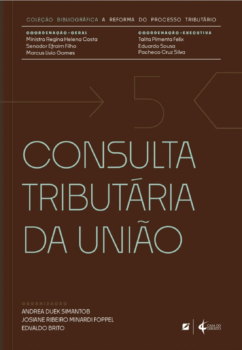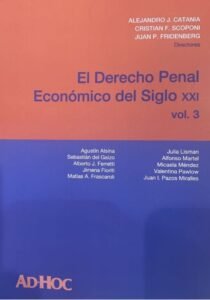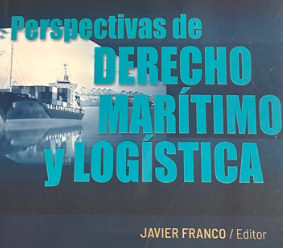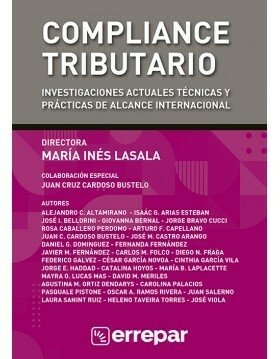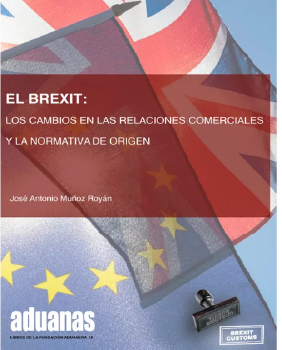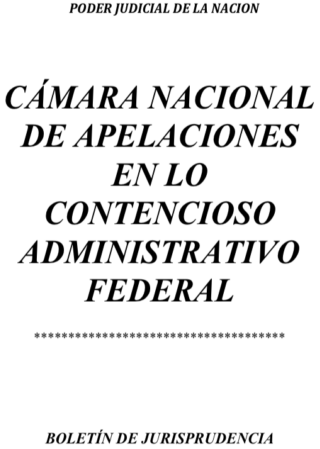La OMC publica una nueva edición de Perfiles arancelarios en el mundo

La OMC ha publicado el 29 de julio la edición de 2022 de Perfiles arancelarios en el mundo, que ofrece información completa sobre los aranceles y las medidas no arancelarias impuestas por más de 170 países y territorios aduaneros. El informe ha sido elaborado conjuntamente con el Centro de Comercio Internacional y la Conferencia de las Naciones Unidas sobre Comercio y Desarrollo (UNCTAD).
Summary tables at the start of the publication provide cross-country comparisons of the average «bound» or maximum tariff each economy may apply to imports from other WTO members and the average tariffs it applies in practice. Data is provided for the category of «all products» as well as for agricultural and non-agricultural products. Import and export profiles provide cross-country comparisons on the value of imports, export diversification, and relevant tariff data.
One-page profiles in Part 2 of the report provide more detailed data for each economy, with tariffs broken down by product groups. Each profile also shows the economy’s main trading partners and the tariffs levied on their exports by these markets.
Statistics on non-tariff measures (NTMs), such as anti-dumping measures, countervailing measures and safeguards, complement the data on tariffs.
This edition also includes two special topics. The first analyzes the preferential rules of origin in international trade. It discusses the complexities involved in determining whether available preferential import tariffs can be utilized and highlights that highly technical and complex rules are among the main factors hindering the utilization of preferential treatment under trade agreements.
The second special topic looks at the use of NTMs on «green» and «brown» energy products. It notes that the transition from fossil fuels to renewable energy in response to climate change adds an urgency to liberalising trade in green products. The analysis reveals that NTMs are currently more widespread for brown energy products than for green products in terms of frequency of use, coverage and prevalence. One of the reasons for this may be the fact that green products are normally innovation products, and countries have not yet developed regulations for those products.
The publication is available here.
Fuente: OMC





